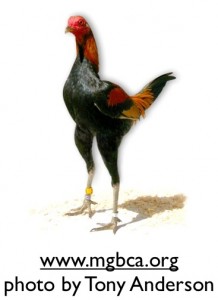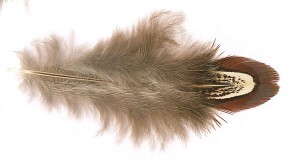
Fairy Chickens! The Modern Game Bantam Club of America has fabulous pictures of these fabulous chickens.
My first chickens were standard, durable, off-the-shelf, “normal” (meaning non-heritage, though shouldn’t normal really mean heritage?)… chickens. They were Buff Orpingtons, which are a hardy, robust, egg-laying meat chicken with beautiful strawberry-blond feathers.
At the time, I didn’t know anything about chickens, and these were a great breed to start with since I was learning-by-doing-it-the-hard-way, which was one of the possible taglines for the book I wrote about my chicken adventures, “Just A Couple Of Chickens”.
My second chickens were a mix of “hatchery choice” and therefore had some rare-ish breeds, most of which were still pretty hardy, like the Blue Andalusian.
But then I reluctantly left my rural adventure and moved to the city. I joined the Urban Chicken Movement (although without any chickens at first). I started to attend regional chicken shows here in the Pacific Northwest and I finally realized that I hadn’t even scratched the comb on the top of the weirdest and most wonderful chicken breeds that exist.
Since city chickens are kept in smaller flocks than most rural chickens, and city chicken keepers tend to have more money to spend on their chickens than rural farmers, the results are “specialty” chickens scratching around elegant coops in urban professional’s back yards. And that means chicken awesomeness for anyone who digs weird chickens, like me.
I’m starting my list for my next chicken adventure. A small flock of three hens in my backyard. Landlord permission, check. Coop prepared, no go. Budget set and saved up for, not at all… so it’s going to be a while. But it will provide the happy ending I am planning for my soon-to-be-available sequel to my first chicken book, soon-to-be-titled “Just A Couple More”, and if you are interested in being on the release announcement list, please drop me a note on my contact form.
Top of my list are what my friend, Michelle Koppe, calls “Fairy Chickens“, otherwise known as Modern Game Bantams. Also top of my list are Seramas, which are mini-chickens, proud and stunning and fabulous. And expensive.
This is a faboulous benefit of city chickens… the variety and elegance and exciting connections possible. I miss my chicken adventure very much, but I shall console myself with fairy chickens one day very soon.







